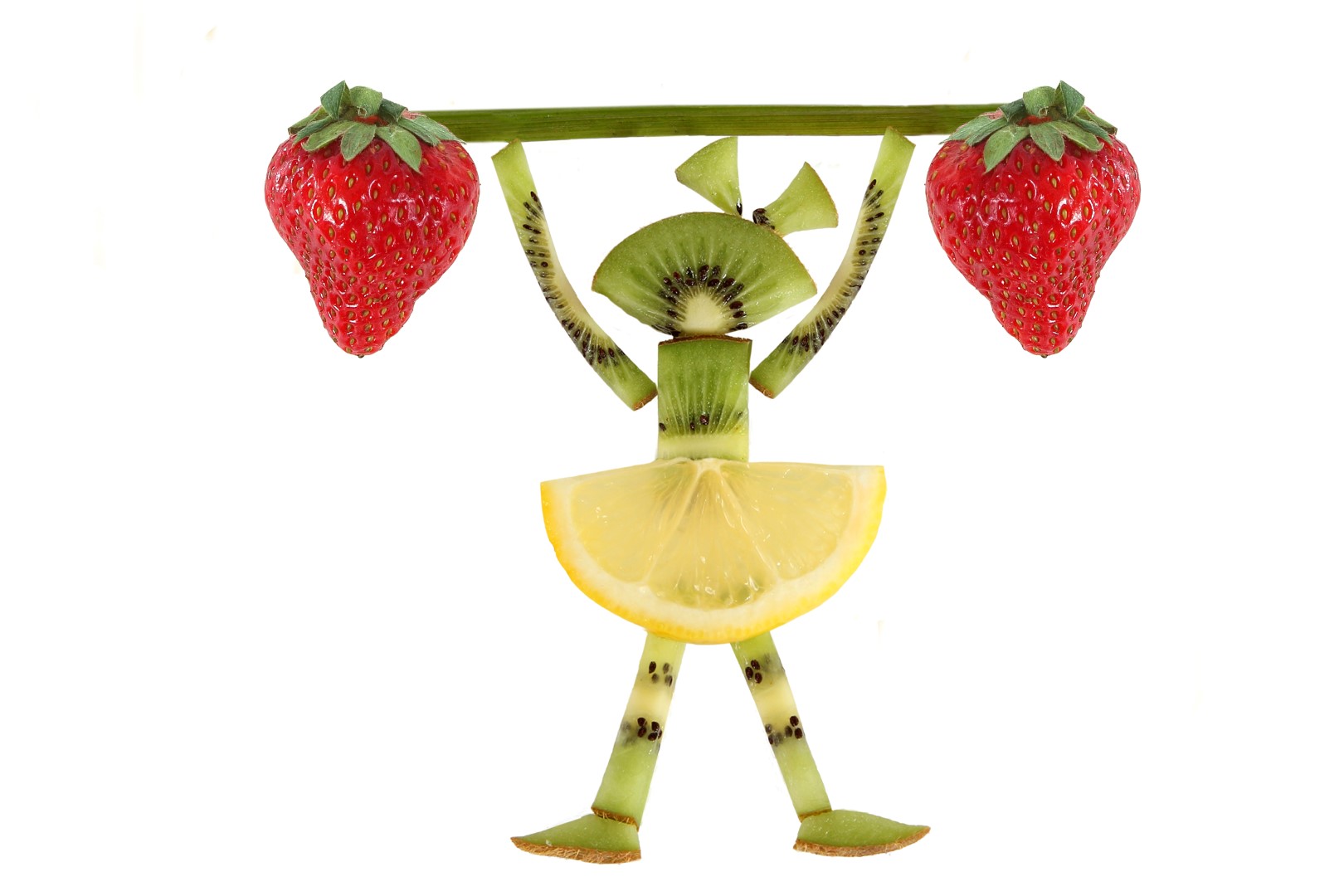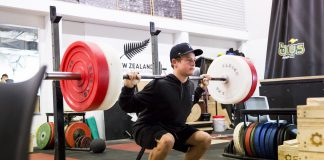“The higher your structure is to be, the deeper must be its foundation”.
You see it in the maths classroom – first addition, then multiplication, and perhaps, algebra. A well-sequenced curriculum is important to ensure leaners have the prior knowledge they need to master new ideas and reach the heights they desire.
But when it comes to nutrition, we seem to forget all of this and jump straight to the complex, expecting to transfer knowledge from one problem to the next with ease.
Here’s what I mean.
“What should I eat at tournament?” “What should I eat first thing in the morning before training?” These are things I commonly get asked from athletes, and their parents, looking for an easy answer.
I can give you the answer. I can provide concrete examples that will get the job done.
But here’s the thing.
Nutrition isn’t that easy. A short-term fix may help you get the result you’re after tomorrow, but it will undoubtedly hamstring you in the long run. What happens when your go-to food isn’t available? Think back to the last time you opened the fridge and it was bare? Or when your plans changed unexpectedly and you were forced into takeaways the night before a big game – what did you choose?
Why dedicate hours upon hours to your training when you neglect one of the most important parts of getting better – your fuel. To optimally power your body through training, and recuperate well afterwards, nutrition is critical!
What’s the answer then? What’s a better approach to meeting your nutritional needs than plugging gaps with short term fixes?
The best type of learning happens when you relate new ideas to what you already know. So, before you can know what to eat, and when to eat it, you need the background knowledge.
Here are two things I suggest getting familiar with:
1) The Macronutrients
The foods we eat and liquids we drink provide energy (calories) in the form of nutrients. There are three macronutrients that the body needs in large quantities to function effectively. Here’s a quick summary of each.
Protein
Protein is the building block of life. You need it to build and maintain bone, muscle and skin. The body produces some protein but most of what the it needs comes from food. Protein is absorbed through the small intestine into and blood, where it’s carried to every cell in the body.
Carbohydrate
Carbohydrate is a major source of fuel for the body. It’s broken down into glucose (blood sugar) in the digestive track and used to produce energy. Any unused blood sugar is stored as glycogen in your liver and muscles where it’s stored for later. Carbohydrate comes in both complex (e.g., wholegrain breads, cereals and pasta) and simple (e.g., lollies, jams and desserts) forms. The speed of digestion, and therefore how quickly sugar is released into the bloodstream, is dependent on many factors including other nutrients consumed with the carbohydrate, how the food is prepared, and the chemistry of the carbohydrate. However, in general, complex carbohydrates raise blood sugar gradually, thus providing sustained energy, while simple carbohydrates provide instant energy by raising blood sugar rapidly.
Fat
Fat is the third macronutrient. There are different types of fat categorised according to their chemical structure, including saturated (e.g., fat found in butter and cheese), monounsaturated (e.g., fat found in avocados, nuts, seeds and olive oil), polyunsaturated (e.g., fat found in fish, shellfish and vegetable oils) and trans (e.g., fat found in fried fast food). Fat serves both structural (e.g., maintaining healthy skin and hair) and metabolic (i.e., used to store and produce energy) functions.
The micronutrients in food are also essential to understand. They’re the nutrients required by the body (i.e., vitamins and minerals) in smaller quantities to activate a range of physiological functions. We’ll look deeper at the micronutrients and their importance for the youth athlete in a future post.
2) Which macronutrients make up the food you eat?
Once you’re familiar with the macronutrients, you need to know which ones dominate the foods you eat.
Here’s a couple of examples to check out:
- Creamy oats with banana and honey
| Food | Macronutrient(s) | Function |
| Oats (i.e., wholegrains) | Complex carbohydrate | Sustained release of energy |
| Whole milk | Protein, complex carbohydrate, some saturated fat | Build and maintain bone and muscle growth, sustained release of energy, store energy |
| Banana | Complex carbohydrate | Sustained release of energy |
| Honey | Simple carbohydrate | Rapid release of energy |
- Hawaiian pizza with fries (takeaway)
| Food | Macronutrient(s) | Function |
| Pizza base (i.e., wholegrain bread) | Complex carbohydrate | Sustained release of energy |
| Ham | Protein, some fat | Muscle growth and repair, store energy |
| Pineapple | Simple carbohydrate | Rapid release of energy |
| Cheese | Protein, saturated fat | Muscle growth and repair, energy store |
| Fries (i.e., potato) | Complex carbohydrate, fat (type dependent of what the potato is cooked in) | Sustained release of energy, energy store |
One of the best exercises I’ve come across to learn more about food is reading the nutritional facts on the packaging. Next time you have a spare hour or two, take a trip to the supermarket (or jump on Google) and rip into it. You’re learn heaps!
Yes, there are more questions to answer when it comes to your sports nutrition, such as “how much should I eat of each food?” and “when exactly should I eat it?”, but getting to know the basics about food is a great place to start.
Be the best you can be,





































